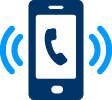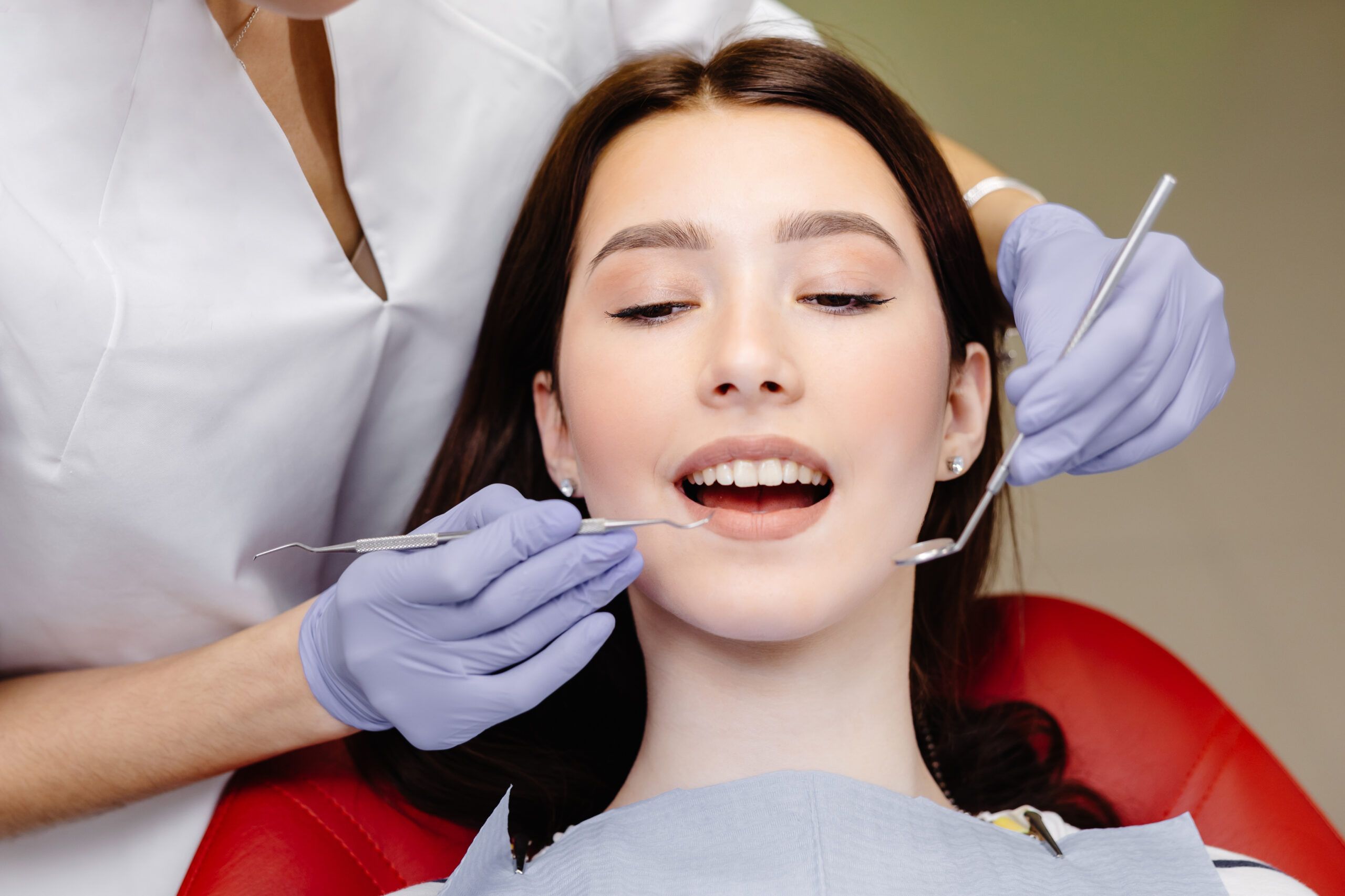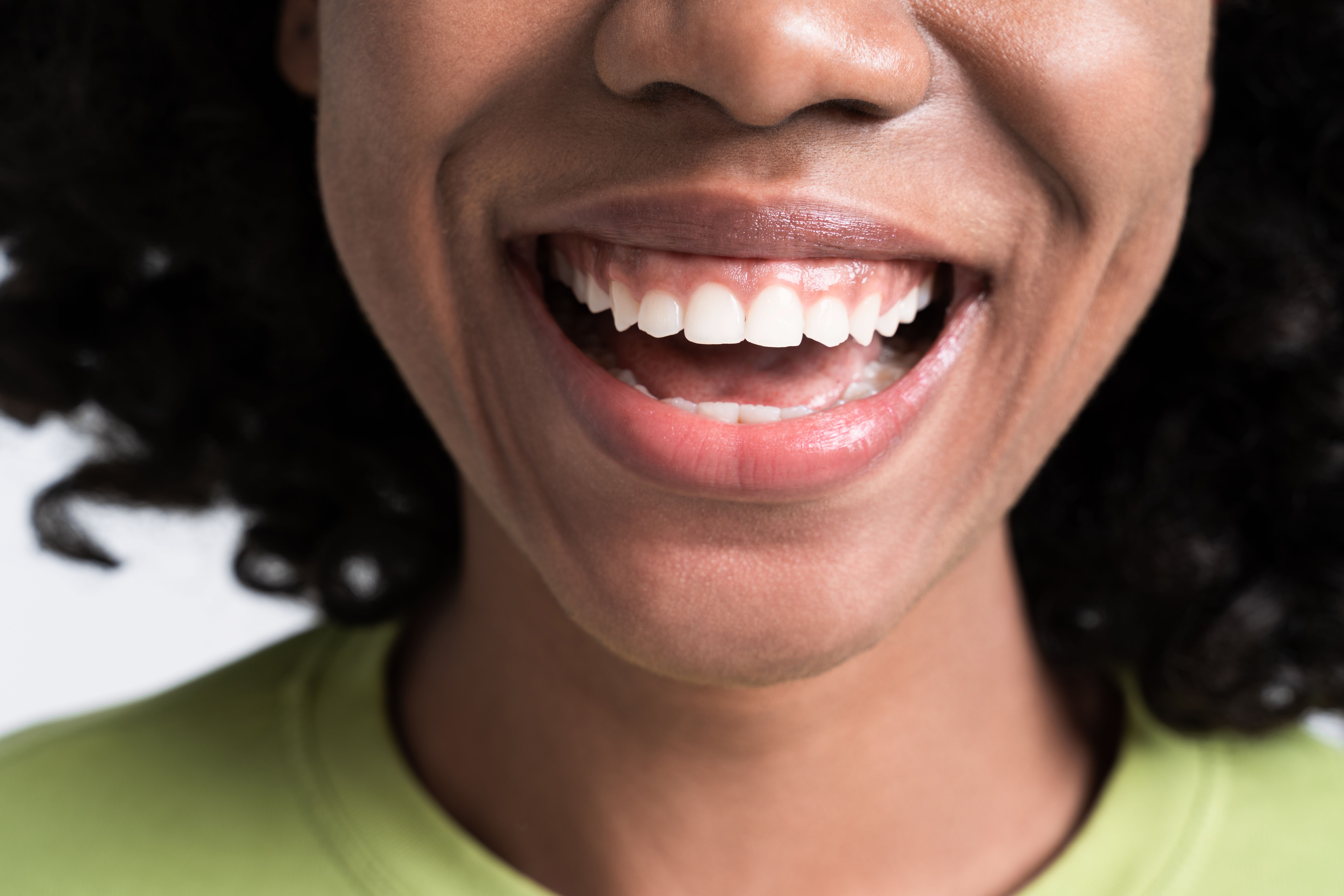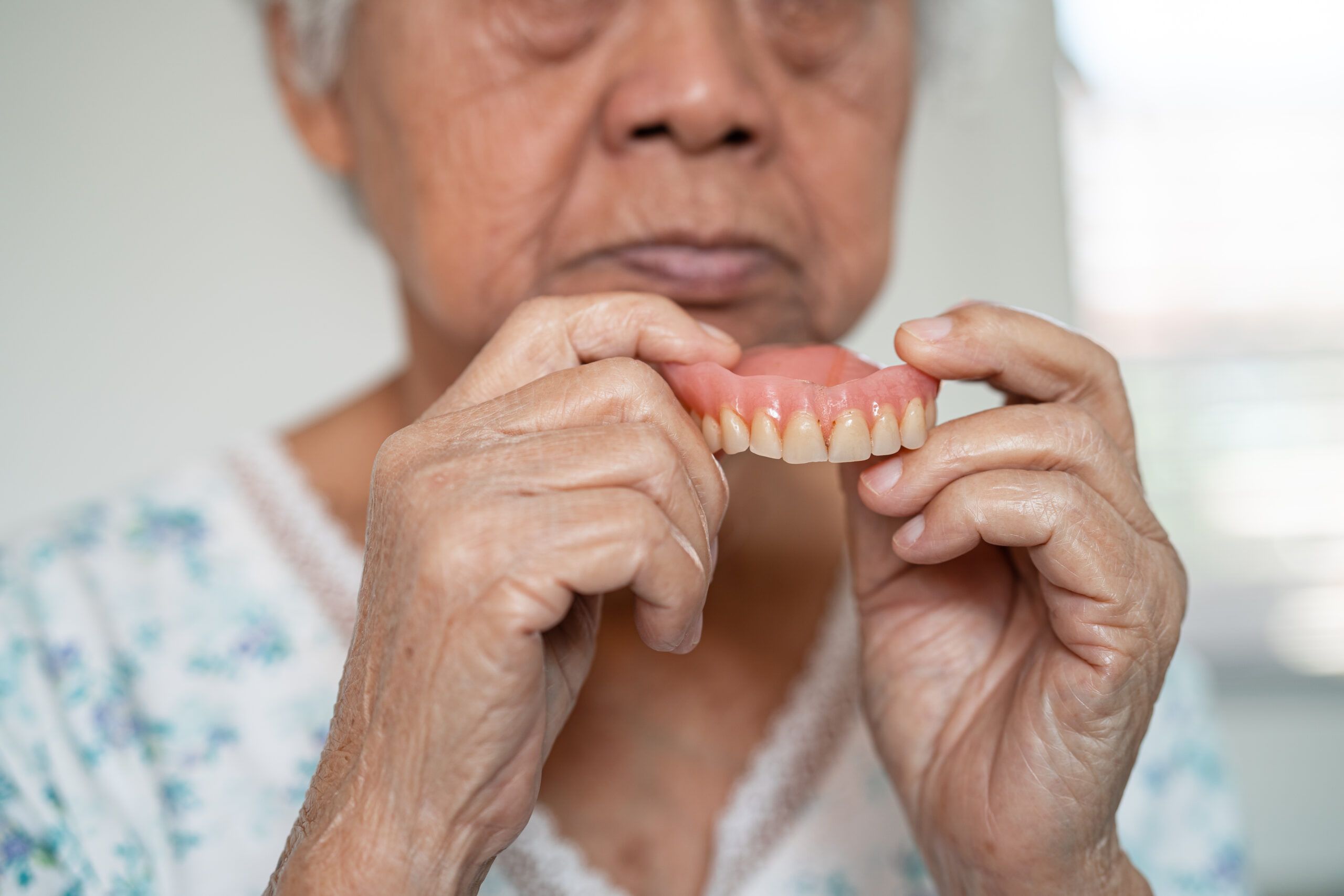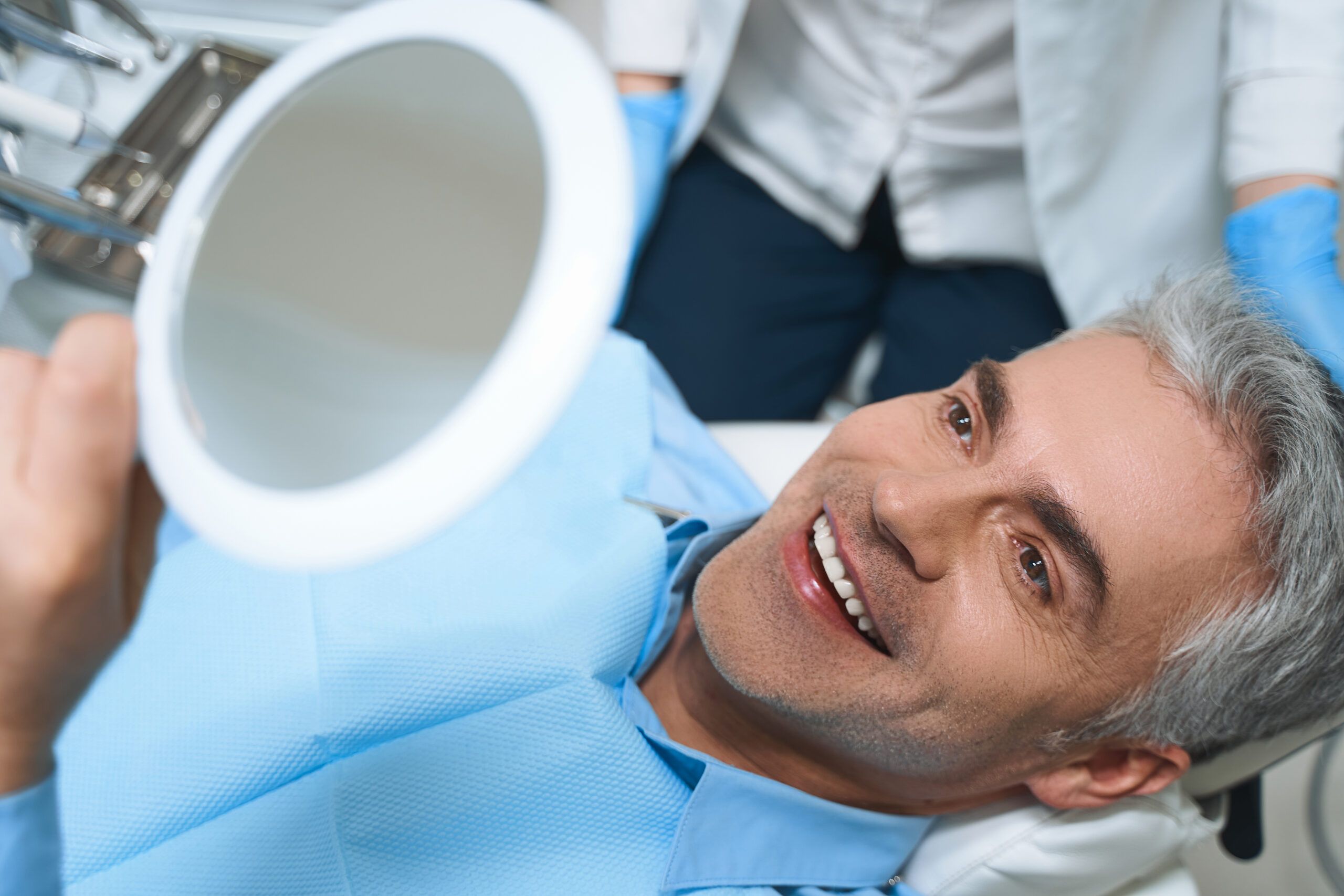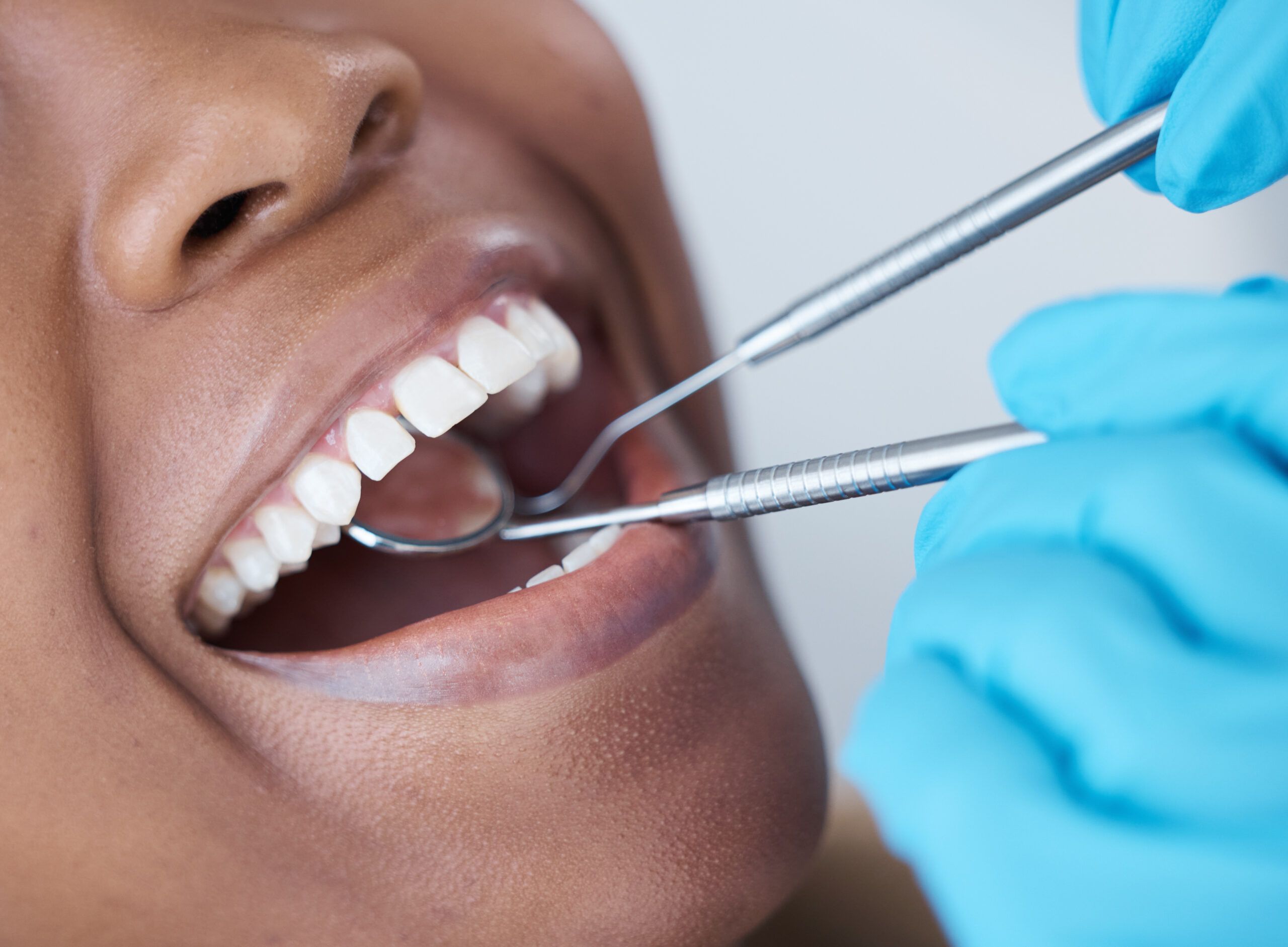Obstructive sleep apnea (OSA) is characterized by the recurrence of interrupted breathing during sleep and results in a chronic lack of deep, restful sleep. When adults have this disorder, they are likely to experience daytime sleepiness, but when it occurs in children, they are more likely to have behavioral issues. Sleep apnea in children is linked to ADHD-like behavioral issues as well as mood disorders and learning problems.
The most common cause of sleep apnea in children is enlarged adenoids or tonsils. These soft tissue glands near the back of the throat partially block the windpipe during sleep.
Signs that your child might have a sleep-related breathing disorder:
- Snoring
- Pauses in breathing
- Chronic mouth breathing
- Constant tossing and turning
- Night panics
- Bed-wetting
Behaviors associated with childhood sleep apnea:
- Hyperactivity
- Difficulty paying attention
- Learning problems
- Perform poorly in school
Treatment Options for Sleep Apnea
- Surgery to remove adenoids or tonsils: If the issue is enlarged adenoids or tonsils, they can be removed.
- CPAP machine: A Continuous Positive Airway Pressure (CPAP) machine delivers mild air pressure through a mask worn during sleep to keep the airway open.
- Palatal expander: A palatal expander is a device that widens the palate of the mouth, which increases airflow.
- Oral appliances: Dental devices that are similar to an orthodontic retainer or mouthguard, an oral appliance might be recommended for older children with sleep apnea by keeping the airways open.
Identifying and treating sleep apnea in children can drastically improve their sleep and well-being.

